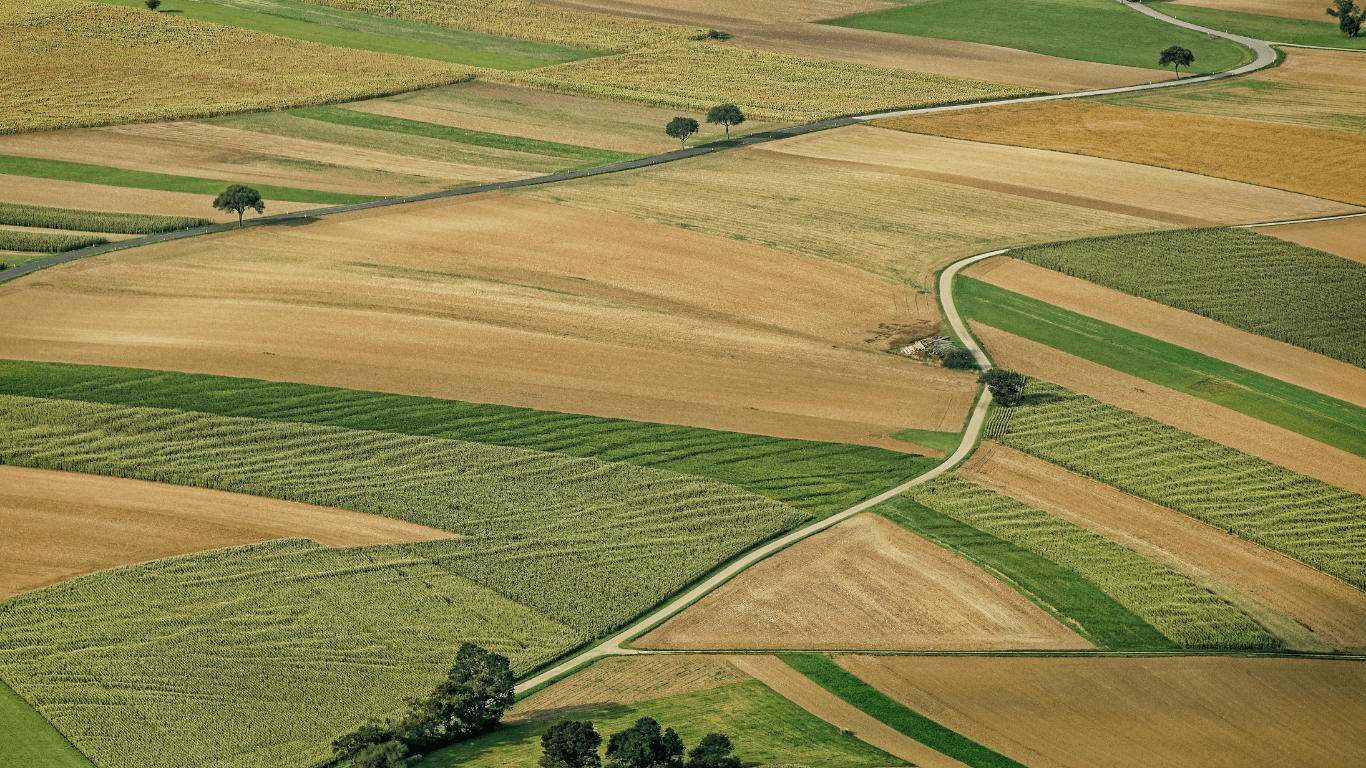In the last 2-1/2 years, wheat futures prices have doubled, from just over $4.00 per bushel in June 2019 to over $8.50 per bushel this past November. This has occurred in both the hard red winter wheat (Kansas City contract) and soft red winter wheat (Chicago contract) markets. But over most of this period, hard red winter wheat, which normally trades at a premium to soft red winter wheat, traded at a discount. From January 2006 to December 2018, the average premium for hard red winter wheat to soft red winter wheat was 34 cents. From January 2019 through August 2021, hard red winter wheat traded at an average discount of 53 cents to soft red winter wheat. September 2021 to date, hard red winter wheat is back to an average 16-cent premium to soft red winter wheat.
Figure 1. Wheat futures prices, Kansas City hard red winter and Chicago soft red winter, Tuesday close, cents per bushel

The increase in wheat prices generally is associated with tightening world supplies. Wheat acres globally have increased over the last several years, but the world average yield has declined. Total wheat production is up only 600 million bushels (about two percent) since the 2019/20 marketing year while world domestic use has grown by 1.6 billion bushels (about six percent). World wheat days of use on hand at the end of the marketing year have declined from a 146-day supply to a current estimate for 2021/22 of 130 days. A decline in this measure of stocks-to-use has put upward pressure on prices.
| World Wheat | 2019/2020 | 2020/2021 | 2021/2022 |
| Area Harvested, mil ac | 533 | 546 | 552 |
| Yield, bu per ac | 52.6 | 52.2 | 51.9 |
| Production, mil bu | 28,006 | 28,510 | 28,609 |
| Domestic Use, mil bu | 27,218 | 28,462 | 28,867 |
| Ending Stocks, mil bu | 10,876 | 10,642 | 10,236 |
| Days of use on hand | 145.9 | 134.7 | 129.8 |
Hard red winter wheat is the dominant class grown in Kansas, Oklahoma, and Texas with soft red winter wheat the most common class east of a line from Dallas to Kansas City. While the price of both classes of wheat are higher in the current global environment, there are important differentials in stocks-to-use by class which may help explain the premiums and discounts between these markets.

As with the global wheat situation, the stocks-to-use ratio for both hard and soft winter wheat have been on the decline in the U.S. the last several years. However, the decline in the stocks-to-use ratio for soft red has been sharper relative to the decline in the stocks-to-use ratio for hard red.
U.S. Wheat by Class: Days of Use on Hand at the End of the Marketing Year

In the 2017/18 marketing year, days of use for soft red was 34 less than hard red winter. By 2020/21, soft red days on hand were 103 less than for hard red—the soft wheat supply got tighter relative to hard wheat. The hard red winter wheat premium declined from +8 cents to a 74-cent discount. That situation appears to be reversing in the 2021/22 marketing year. The stocks-to-use ratio for soft red winter wheat has declined at a slower rate compared to hard red winter wheat and days on hand are back to a 54-day differential—soft winter wheat supplies are more plentiful relative to hard red winter wheat. The price relationship to date this marketing year has hard red winter back on par with soft wheat. The latest weekly price shows a premium for hard red of 22 cents.
SRWW days of use on hand minus HRWW days of use on hand and the HRWW price premium

With the U.S. only accounting for about six percent of world wheat production, supply and demand dynamics globally will largely influence the price of wheat overall. But important distinctions in supply and use levels by wheat class can be important in local markets. For the time being, the fundamental (supply and demand) and price relationship between hard red winter and soft red winter wheat appears to be moving back toward long-term norms.
Welch, Mark. “2022 Price Outlook for Hard Red Winter and Soft Red Winter Wheat.” Southern Ag Today 2(5.1). January 24, 2022. Permalink








